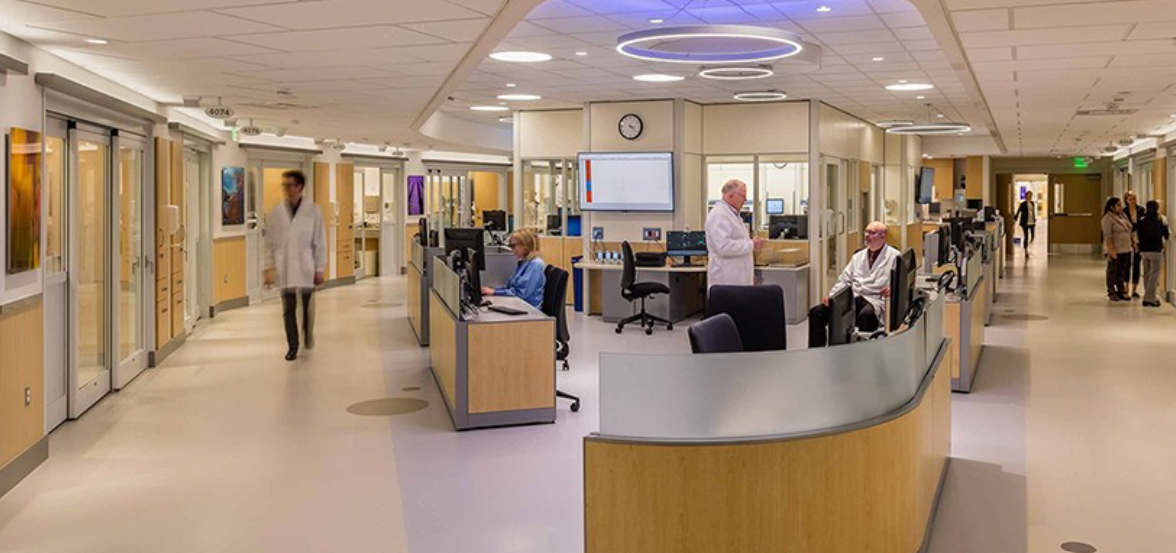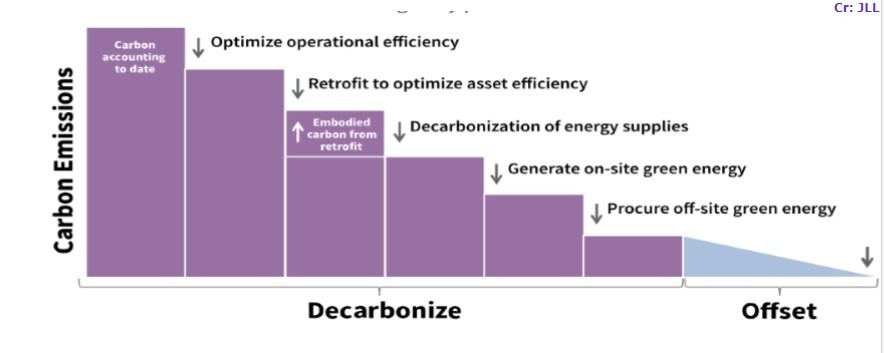Decarbonization Is Resulting in New Economic Prospects

The world has witnessed many extreme weather events over the past three decades. Understanding the severity of the situation, nearly 200 countries plus the EU signed the 2015 Paris Agreement to combat climate change. The agreement called for global CO2 emissions to be reduced to net zero by 2050.
Even in the US, carbon reduction has become a national priority in recent years. Many government policies today focus on renewable energy, retrofitting for efficiency, electrification of buildings, sustainable manufacturing, and resilient land use. This includes the Inflation Reduction Act of 2022, which is arguably said to have the largest climate legislation in American history.
A prominent example of jurisdictions enacting their own policies is New York city, wherein Local Law 97 takes effect in 2024. As per this law, carbon limits will be put on buildings of over 25,000 square feet, and a penalty will be placed for exceeding these limits. The aim is to optimize energy efficiency to help lower emissions and resulting costs.
Electric vehicles (EVs) with zero tailpipe emissions are also gaining popularity, causing a significant rise in the adoption of charging stations in commercial buildings. In the future, we might see more commercial buildings installing EV charging stations due to government mandates (as in the case of public buildings) as a revenue source, or as an additional amenity.
There are also various lighting rebate programs available for homeowners, businesses, and nonprofits. These incentives, tailored to each state's unique energy landscape, are made available through local authorities, regional energy providers, and utility companies. Thanks to this, LED lights have become sought-after commodities for those seeking to maximize their energy tax benefits, particularly in states like Massachusetts and New Hampshire.
Energy-efficient lighting and controls have always provided value, and that remains unchanged. However, what’s new is that the true profit of energy savings will more likely be recognized in a decarbonizing world, paving the way for more sustainable (and hence cost-effective in the long run) ventures.
In their latest research, real estate services firm Jones Lang LaSalle (JLL) introduced their asset decarbonization roadmap, wherein they explored the 3 levels of retrofits - from lighting upgrades to performance optimization to deep whole-building refurbishments.
Decarbonization Pathway
As per that, the Global North, including the United States, Canada, and the European Union, will need to increase the rate of retrofitting buildings from 1% to at least 3% per year to completely offset the carbon emissions. Really, early adopters of net-zero buildings stand to gain immensely from this increased competition as they can interest high-quality tenants at higher rents, which will influence net operating income and provide value beyond simple ROI.
Finally, as the JLL study concludes, “Retrofitting existing buildings is the quickest and most cost-effective way to accelerate decarbonization in the built environment.” Highlighting that the use of LEDs, the strategic placement of sensors, and digital (networked) lighting controls will not only facilitate energy management but also enhance occupant comfort.
Source: LEDs Magazine
By: Craig DiLouie








